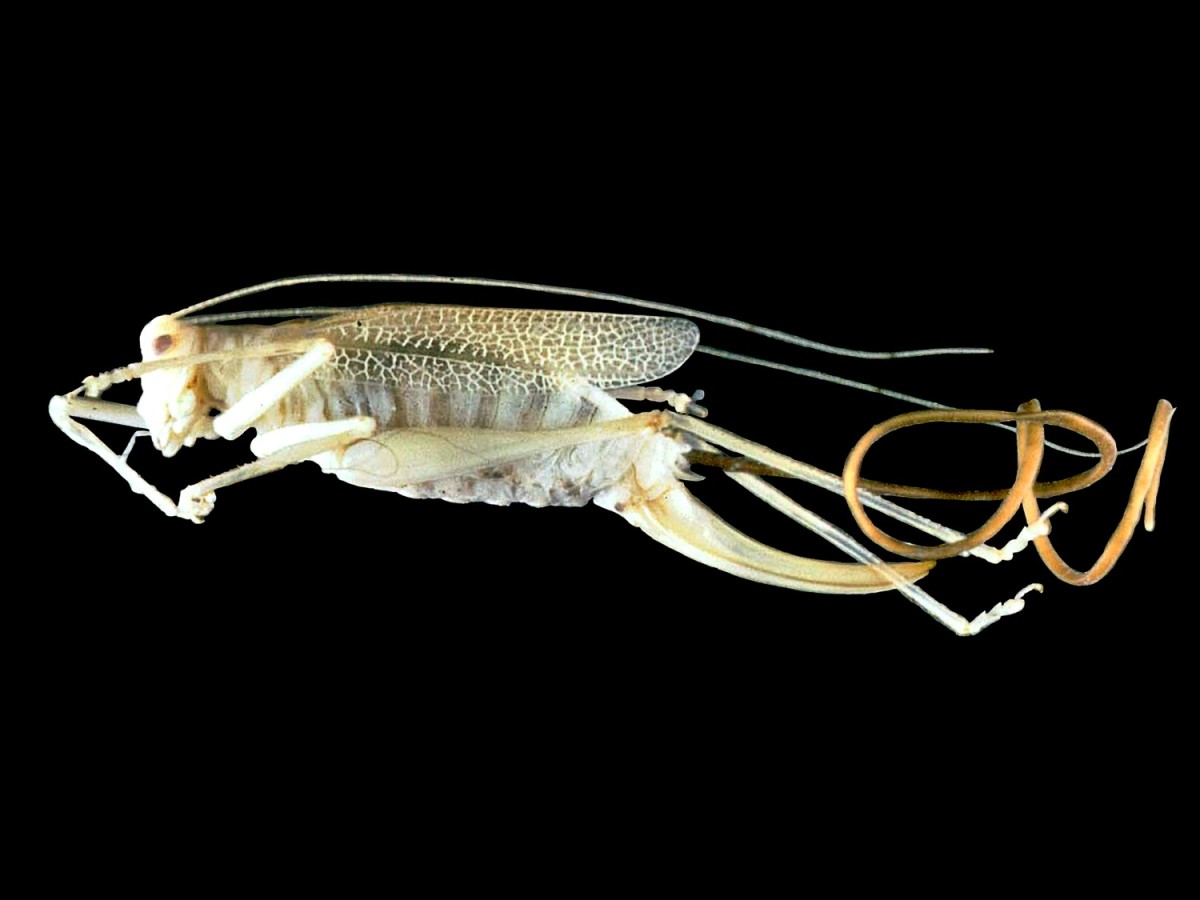

Nematomorphs have been placed in two taxa, the marine Nectonematoidea and the freshwater Gordiida (=Gordioidea). The first published report of a horsehair worm from Arkansas was in 1907. This belief was not disproved scientifically until American anatomist and paleontologist Joseph Leidy (1823–1891) noted in 1870 that horse hairs placed in water for many months did not come to life. Another myth is related to the common name given these worms, “hairworms” or “horsehair worms,” originating from the idea that horse hairs that fell into water became worms. These worms are sometimes found in coiled clusters termed “Gordian knots” from the intricate legendary knot of Greek mythology. As adults, however, they are free-living in aquatic environments. Horsehair worms belong to the phylum Nematomorpha and are typically obligate parasites of terrestrial arthropods (e.g., beetles, crickets, cockroaches, locusts, grasshoppers, and mantids).


 0 kommentar(er)
0 kommentar(er)
